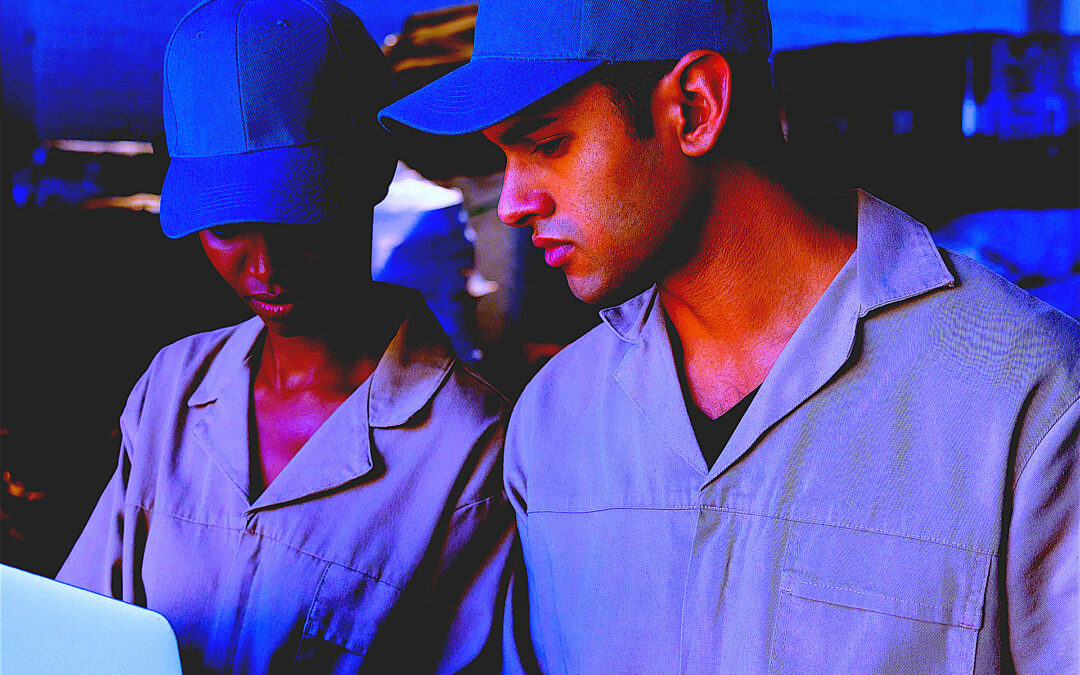Over the past few months, I’ve devoted a great deal of my attention and energy to the topic of creating a “defect-avoidance culture” in the plant. Culture isn’t an easy thing to change. It’s even harder to sustain because of a phenomenon referred to as psychological inertia—a clever term used to describe the fact that people and organizations, for the most part, are adverse to and resist change for many reasons.
Change requires us to invest physical, mental, and emotional energy. Change also can be scary, in that it may challenge our self-perception, or we may not be confident that we can succeed in the new paradigm. People and groups of people like to remain on a constant psychological vector, maintaining a constant direction and magnitude. That, in turn, makes us resistant to change.
During my 30+ years in industry, with much of that time spent as a trainer, consultant, coach, mentor, and cheerleader for improved asset-management practices, I’ve observed the same mistake made again and again: A manager or engineer learns about a great new way to improve asset reliability and performance, pulls together a program, organizes some training, tells the team to get to work implementing the new initiative, declares victory, and moves on to the next initiative. The team tries, at first, to implement the new process, but it takes a lot of effort, people are often confused, and some percentage of them have been dead-set against the implementation from the start. Over time, the initiative loses momentum, and the organization falls back into its “old business as usual.”
“Business as usual” is key in that scenario, because it represents the comfort zone to which the organization is anchored—psychological inertia. The time and resources invested in the change initiative are lost. Making matters worse, if the same manager or another manager attempts to give the improvement initiative another try, the organization collectively says, “We tried that, and it doesn’t work here.”
To create lasting and sustainable change, you need to replace the “current business as usual” with a “new business as usual” (for details, see three of my recent articles below). You have to permanently alter the vector of psychological inertia to create sustainable change. This is where active coaching is the key to success.
Click On The Following Links To Read The Three Referenced Articles By Drew Troyer:
“Create A New ‘Business as Usual’ in Your Organization”
“‘Culture Eats Strategy for Breakfast’ Applies to Maintenance, Too”
“A Closed-Loop System for Defect Management”
Training is crucial in culture change because it imparts knowledge. Coaching , however, is where we intervene to modify the behaviors of individuals and groups to alter behavioral pathways to new, desirable, and sustainable vectors: We create a “new” business as usual. “Active” is the key word in this process. To that end, Asquini (2017) suggests the following four key steps.
Step 1: “Active” Understanding. The coach must truly and deeply understand the improvement initiative that he or she is coaching.
Step 2: “Active” Communication. Active coaching can’t be achieved with email or texts – we must have real communication. And communication is not limited to the coach talking to the learner. He or she must actively listen. God endowed us with two ears and one mouth. We’re wise to employ them in that ratio when coaching to create a culture of defect avoidance.
Step 3: “Active” Observation. The coach must actually observe what the learner is and is not doing to identify gaps and opportunities for improvement. Sometimes these are called “Day in the Life of,” or DILO analysis.
Step 4: “Active” Follow-up. The coach must have regular sessions with the learner to help him or her understand where improvements and changes in behavior are required, as well as to help the learner through the process.
Creating a “new business as usual” and a “culture of defect avoidance” isn’t easy. Training and cheerleading are important, but they’re not enough. You must engage in active coaching to modify the organization’s psychological inertial vector. That’s not a quick fix: It requires a dedicated effort. The bottom line, though, is that active coaching works and creates the sustainable change that will produce lasting value for the organization.TRR
REFERENCE
Asquini, M. (2017). “How to Get Things Done Through ‘Active’ Supervision: 4 Key Steps.” EnergyNow Media. Jan. 10, (accessed 24 April 2020): https://energynow.ca/2017/01/getting-things-done-active-supervision-4-key-steps-t-cook/
ABOUT THE AUTHOR
Drew Troyer has more than 30 years of experience in the RAM arena. Currently a Principal with T.A. Cook Consultants, he was a Co-founder and former CEO of Noria Corporation. A trusted advisor to a global blue chip client base, this industry veteran has authored or co-authored more than 250 books, chapters, course books, articles, and technical papers and is popular keynote and technical speaker at conferences around the world. Drew is a Certified Reliability Engineer (CRE), Certified Maintenance & Reliability Professional (CMRP), holds B.S. and M.B.A. degrees, and is Master’s degree candidate in Environmental Sustainability at Harvard University. Contact him directly at 512-800-6031 or dtroyer@theramreview.com.
Tags: reliability, availability, maintenance, RAM, fasteners, maintenance management, training, change management



